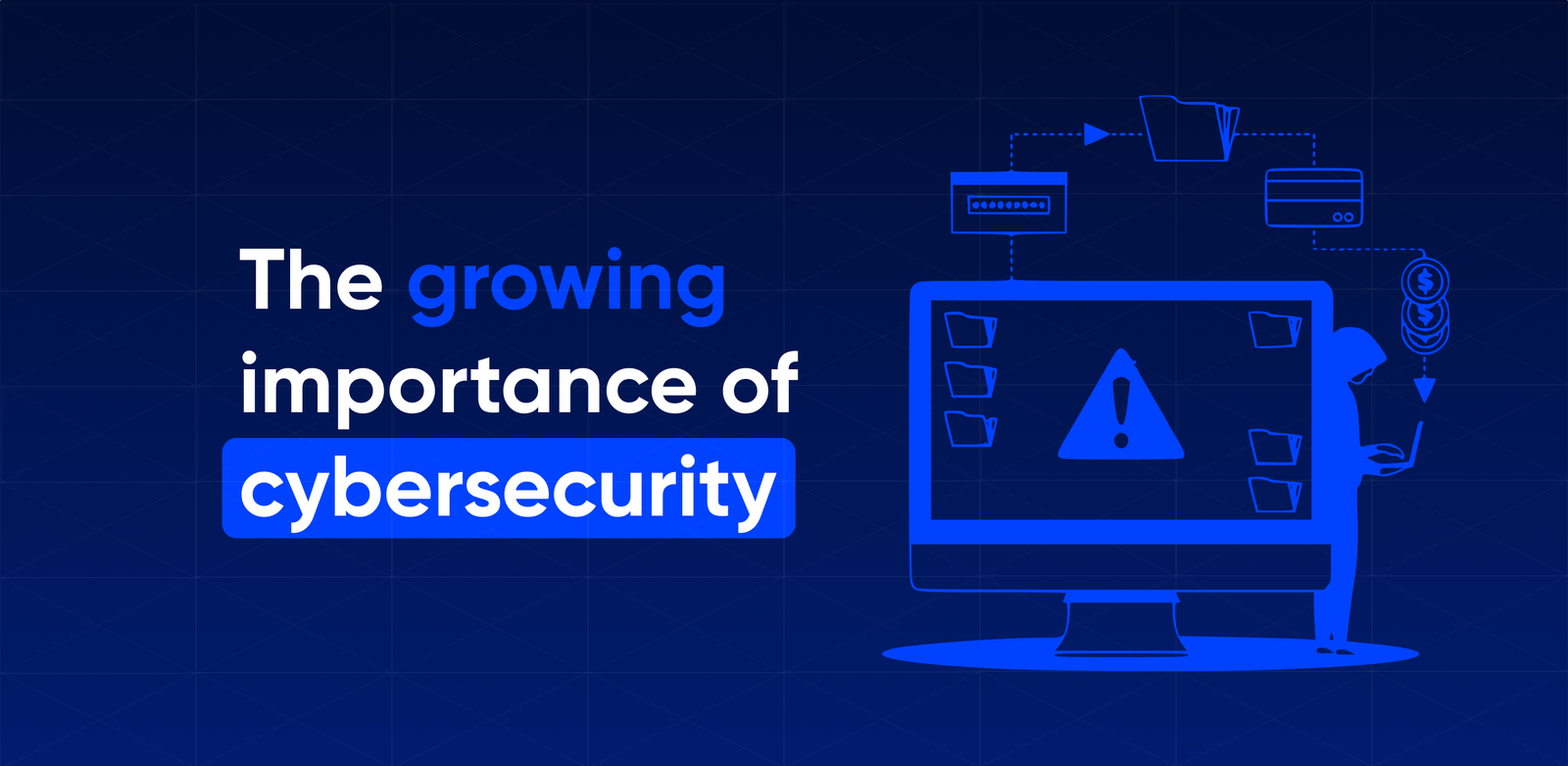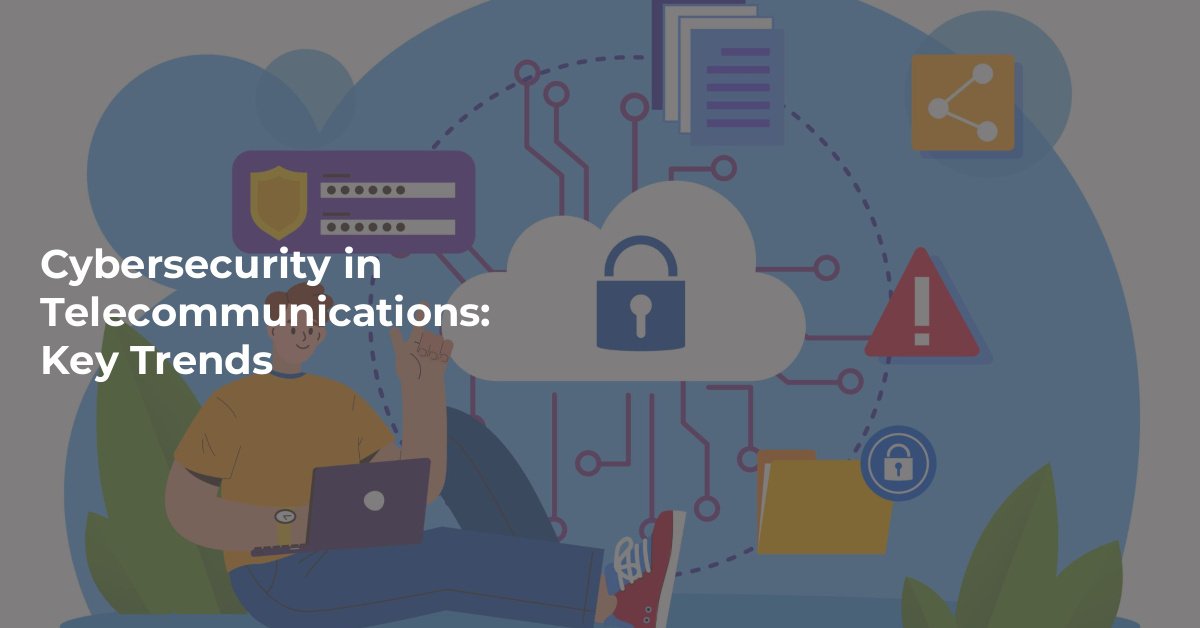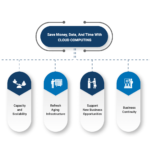The Growing Importance of Cybersecurity in Telecommunications
- By -Mash
- Posted on
- Posted in Telecommunications
As telecommunications technology continues to advance and expand, the importance of cybersecurity in this sector has never been greater. The increased complexity of networks, the proliferation of connected devices, and the rising frequency of cyber threats all highlight the critical need for robust security measures. This article explores why cybersecurity is essential in telecommunications and how it is evolving to address emerging challenges.
The Expanding Threat Landscape
Increased Attack Surface: The rapid growth of telecommunications networks and the expansion of the Internet of Things (IoT) have significantly increased the attack surface for cybercriminals. More devices and connections mean more potential entry points for malicious actors to exploit.
Sophisticated Cyber Attacks: Cyber threats are becoming increasingly sophisticated, with attackers employing advanced techniques such as ransomware, distributed denial-of-service (DDoS) attacks, and phishing. These attacks can disrupt services, steal sensitive data, and cause significant financial and reputational damage.
Critical Infrastructure Vulnerabilities: Telecommunications networks are a critical part of national and global infrastructure. Attacks on these networks can have widespread consequences, affecting not only communication services but also other essential sectors such as finance, healthcare, and transportation.
Key Cybersecurity Challenges in Telecommunications
Data Protection and Privacy: Telecommunications providers handle vast amounts of sensitive data, including personal information, communication records, and financial transactions. Protecting this data from unauthorized access and breaches is paramount to maintaining customer trust and regulatory compliance.
Network Security: Securing telecommunications networks against unauthorized access and potential disruptions is crucial. Network security measures must address threats such as hacking, malware, and insider threats while ensuring the integrity and availability of services.
Regulatory Compliance: Telecommunications companies must comply with various regulations and standards related to data protection and cybersecurity. These regulations vary by region and industry, requiring organizations to implement robust security measures and demonstrate adherence to legal and ethical standards.
Emerging Cybersecurity Solutions and Strategies
Advanced Threat Detection: Modern cybersecurity solutions incorporate advanced threat detection technologies, such as artificial intelligence (AI) and machine learning. These tools can identify and respond to threats in real-time, providing proactive protection against emerging cyber risks.
Encryption and Data Privacy: Encryption is a critical component of cybersecurity, ensuring that data is secure both in transit and at rest. Telecommunications providers use encryption to protect sensitive information and maintain privacy, complying with data protection regulations and safeguarding against breaches.
Zero Trust Architecture: The Zero Trust model is gaining traction in telecommunications cybersecurity. This approach assumes that threats may exist both inside and outside the network and requires continuous verification of user identities and device integrity before granting access to resources.
Incident Response and Recovery: Effective incident response plans are essential for mitigating the impact of cyberattacks. Telecommunications companies must have robust protocols in place for detecting, responding to, and recovering from security incidents to minimize disruption and restore services quickly.
The Role of Industry Collaboration
Sharing Threat Intelligence: Collaboration among telecommunications providers and industry organizations is vital for combating cyber threats. Sharing threat intelligence and best practices helps organizations stay informed about emerging threats and enhance their security posture.
Industry Standards and Frameworks: Adopting industry standards and frameworks, such as those developed by the National Institute of Standards and Technology (NIST) or the International Organization for Standardization (ISO), provides a structured approach to cybersecurity. These standards help organizations implement effective security measures and demonstrate compliance.
Public-Private Partnerships: Public-private partnerships play a crucial role in enhancing cybersecurity across the telecommunications sector. Collaborative efforts between government agencies, private companies, and industry associations strengthen the overall security landscape and address common challenges.
Future Directions in Telecommunications Cybersecurity
5G Security: The rollout of 5G networks introduces new security considerations, such as the need to protect an increased number of connected devices and ensure the integrity of network slicing. Addressing these challenges requires advanced security measures and ongoing research into 5G-specific threats.
Quantum Computing: The potential impact of quantum computing on cybersecurity is an area of active research. Quantum computing could challenge current encryption methods, necessitating the development of new cryptographic techniques to safeguard telecommunications networks and data.
Cybersecurity Automation: Automation is becoming increasingly important in managing cybersecurity. Automated systems can quickly respond to threats, manage security tasks, and reduce the workload on cybersecurity professionals, enhancing overall efficiency and effectiveness.

Conclusion
The growing importance of cybersecurity in telecommunications cannot be overstated. As the sector continues to evolve and expand, protecting networks, data, and services from cyber threats is essential to maintaining security, privacy, and operational integrity. By adopting advanced technologies, collaborating across the industry, and preparing for future challenges, telecommunications providers can safeguard their networks and ensure the continued trust and safety of their customers.



